Why is it that some of the healthiest habits make us look and feel kind of ridiculous? (See: oil pulling, yoga, turmeric masks.) Dry brushing is no exception, but just like sloshing oil in our mouths, hanging out in downward dog, and slathering our faces with neon-yellow paste, it's totally worth it. Need a few reasons why?
Meet the experts
Merry Thornton, C.P.A., Certified Physician Assistant and founder of Element Medical Aesthetics
Dr. Kemuto Mokaya, board-certified dermatologist based in Houston, Texas
Dr. Liv Kraemer, M.D., Ph.D., board-certified dermatologist in Zurich, Switzerland
Medically reviewed by Dr. Jennifer Haley, a board-certified dermatologist
What Is Dry Brushing?
Dry brushing might be all the rage these days, but it's hardly anything new. In fact, it's been practiced for centuries. "The process involves using a special exfoliating brush on dry skin to stimulate your lymphatic system, reduce puffiness, and exfoliate dead skin cells," explains Merry Thornton, C.P.A., Certified Physician Assistant and founder of Element Medical Aesthetics. It's quick, easy to perform and incorporate into your routine and comes with a host of benefits.
7 Benefits of Dry Brushing
It helps remove waste.
Dry brushing gets your lymphatic system moving, which helps your body eliminate toxins lingering inside. Over time and from the impact of gravity, our lymphatic flow becomes sluggish and inefficient, so it is essential to support the body’s natural process of delivering nutrients and removing waste products [source].
This can be accomplished with dry brushing. Lymphatic congestion is a major factor leading to inflammation and disease, and massaging those lymph channels helps the body shed excess water and toxins.
It improves blood flow.
No surprise, much like massage therapy [source], skin brushing increases circulation, promoting the flow of oxygen-rich blood so skin cells can turnover and renew and muscles can recover from injuries more quickly, explains Thornton. That circulation boost is important for carrying off metabolic waste. Poor circulation can lead to swelling, cellulite, pain, and varicose veins.
It helps smooth out cellulite.
Dry skin brushing can help to soften fat deposits below the skin, which can minimize the appearance of cellulite when coupled with other lifestyle changes and home remedies. When toxins and excess water build up in the subcutaneous tissue, cellulite becomes more apparent. That's the theory, at least.
Anecdotally, it has helped my lumpy spots, but there's no research to back this up, and anti-cellulite road tests have had mixed results. Some find dry brushing helps smooth away less-than-perfect spots on legs, while others see no cellulite improvement.
It's a great way to wake yourself up.
Most people recommend skin brushing in the morning because they feel it energizes them. After brushing, your blood is moving, your nervous system is firing, and you're ready to tackle the day.
But there's no wrong time to dry brush. You can try doing it at night or both in the morning and at night. I usually shower at night, so I've just worked it into my shower routine. It's totally up to you when you want to schedule your regular date with the dry brush. :)
It exfoliates the skin.
A dry-brush routine is also great for skin exfoliation, as you'll be sloughing off dead skin and unclogging pores from top to bottom [source]. As we age, our skin doesn’t renew as quickly, and excess skin cells build up, making the skin appear dry.
With dry brushing, those unnecessary dead skin cells are gently removed, which not only gives you softer skin but also makes it easier for your body to accept hydration from your moisturizer and sweat out toxins.
It wakes up the nervous system.
Dry brushing helps stimulate the nervous system by stimulating nerve endings in the skin. Brushing is often described as 'invigorating' because it provides a good energy jolt if you're feeling sluggish.
It improves skin tone.
Stimulating the nervous system also stimulates muscle fibers, which builds muscle tone that helps counteract sagging skin.
It eases anxiety.
Dry brushing can be a soothing, stress-relieving ritual that eases tension in the body. Dr. Leslie Korn recommends dry brush therapy to patients with depression and anxiety. She writes that dry brushing is a “safe self-care activity that can be done daily as a way to check in and connect with feelings, sensations, and the boundaries and self-image of the body.”
Not too shabby for a super-easy practice that takes about two minutes—and costs about $5! Ready to give it a try? Read on.
10 Things You Need to Know About Dry Brushing
1. Pick a brush that has natural bristles.
It doesn't have to be expensive, but make sure you're using a natural bristle brush made from sources like sisal, jute and cactus fibers, notes Kemuto Mokaya, M.D., dermatologist based in Houston, Texas. "Use one with a longer handle that fits in the palm of your hand to make it easier to reach difficult areas like the back and the backs of your legs."
I use this one from Amazon, although there are fancier ones on the market. Longer handles can make it easier to reach down to your feet and around to your back.
2. Make sure your skin is dry.
The optimal time to dry brush is right before you bathe or shower, when your skin is still dry. Brushing dry skin gives you a full-body exfoliation without removing the skin's natural oils. Then hop in the shower to rinse off dry skin cells and impurities.
3. Follow the lymph.
The lymph flows towards the heart, so it's important to brush in the same direction. Start at one of your feet and brush up the front of the leg to your thigh. Reach to the back of your leg and brush all the way upward, heading toward the lower back. Repeat brushing each area three times and then move to the other leg.
Then move up to your arms. Lift one arm over your head and brush down from the wrist, moving downward along the inner arm and gently passing over the underarm and the outer breast tissue, avoiding the areola. Then brush down the back of the arm to the shoulders and neck. Repeat three times on one side, then do the other arm.
When you reach the stomach, some recommend gently brushing in small circles. That doesn't feel great to me, so I brush down from the neck over the chest and sternum and then up and over the abdomen.
To be honest, learning how to dry brush took a little practice to make me not feel totally weird. Just go with the flow and make sure you're getting your entire body, front and back (avoid your face, though).
Here's a quick video tutorial:
4. Use gentle pressure.
Yes, you can dry brush too hard. This is different for everyone, but medium pressure is about as intense as you should get. Think of it as a light sweeping of your skin versus scrubbing. Your skin may be slightly pink after brushing, but you should never experience burning, redness, or inflammation.
Dry brushing should feel good! It's not meant to be painful or harsh enough to break the skin. Be cautious of the softer, more sensitive skin around the chest, and never brush over inflamed or broken skin.
5. Add essential oils.
Add diluted cellulite-fighting essential oil blends to your dry brush to help the body release fluid and tone the skin. Rosemary, grapefruit, and cypress are good picks if you're working to repair sagging skin, and they give it a smoother appearance. Fennel, juniper berry, and geranium bring down puffiness. To make dry brushing more invigorating, try a stimulating oil like coffee or black pepper.
To use with dry brushing, add 3–5 drops of cellulite body oil to the palm of your hand. Glide the bristles of a dry brush across your palm, saturating the bristles with the essential oil blend.
6. Aim for at least 2 minutes.
It's easy to speed through dry brushing and cross it off the to-do list, so remind yourself to slow down. The whole process might take 2 minutes, or it could take 20 if you're going slowly and focusing. Just make sure you're not rushing yourself.
Some people like to make dry brushing a meditative practice. After you finish, take a few seconds to close your eyes and check in with your body.
These are prime lymphatic drainage spots, so dry brushing will be extra helpful there in releasing toxins from your body. I have a bad habit of crossing my ankles at my desk, which I know is bad for my circulation, so I try to spend more time there, too.
7. You might feel tingly or itchy afterward.
If that doesn't feel good, use less pressure next time. If it feels like you're shedding a lot of dead skin and your circulation is improving, keep doing what you're doing! The first time I did it, I was extremely itchy afterward, but the more I tried it, the less I had that feeling. After you shower, followup with a little coconut oil to nourish and moisturize the skin.
8. Incorporate it into your daily routine.
Dry brushing is incredibly easy to add to your wellness routine, but like a lot of habits, you may want to dry brush regularly ... and then totally forget to do it. I've found that leaving my dry brush right outside the shower—or even in the shower—greatly increases my chances of remembering.
A sticky note on the bathroom mirror or shower door can be a helpful reminder. Make an effort to dry brush every day for at least a week or two to help ingrain the habit and train your brain.
But if you remember dry brushing about 5 minutes into showering (hopefully that's not just me!), it's okay to dry brush afterward. In fact, if you're adding oil to your brush, it's better to brush after your shower to keep the moisturizer on the skin.
9. Wash your brush.
Cleanse the brush every couple of weeks with soap and warm water. Let it air dry. It is important to keep your brush dry, as humidity and moisture may encourage the growth of harmful bacteria or fungus. Store it in a cool, dark place and occasionally let it sit in the sunlight on your windowsill—the ultraviolet rays are nature’s best antiseptic.
10. Support your skin brushing with other detox practices.
Dry brushing will only do so much if you're not eating right, drinking water, getting enough sleep, exercising, and taking good care of yourself. We've got all sorts of detox recipes, guides, and how-to's to help you do just that!
How often should one dry brush?
If you are gentle, dry brushing is something you can do every day, ideally before getting into the shower, according to Liv Kraemer, M.D., Ph.D., Board-Certified Dermatologist in Zurich, Switzerland. That being said, you don't want to do it on dirty skin - so if you are sweaty or soiled in any way, it's best to do it in the shower as you can wash away the dead skin.
If you go over the same area for more than a few strokes, Thornton warns that irritation can ensue. "People with sensitive skin, eczema, psoriasis or other skin conditions should be careful and listen to their bodies," she says.
Bottom line: If the brush feels irritating, discontinue use.
This post was medically reviewed by Dr. Jennifer Haley, a board-certified dermatologist with extensive experience in medical, cosmetic, and surgical dermatology. Learn more about Hello Glow’s medical reviewers here. As always, this is not personal medical advice, and we recommend that you talk with your doctor.
46
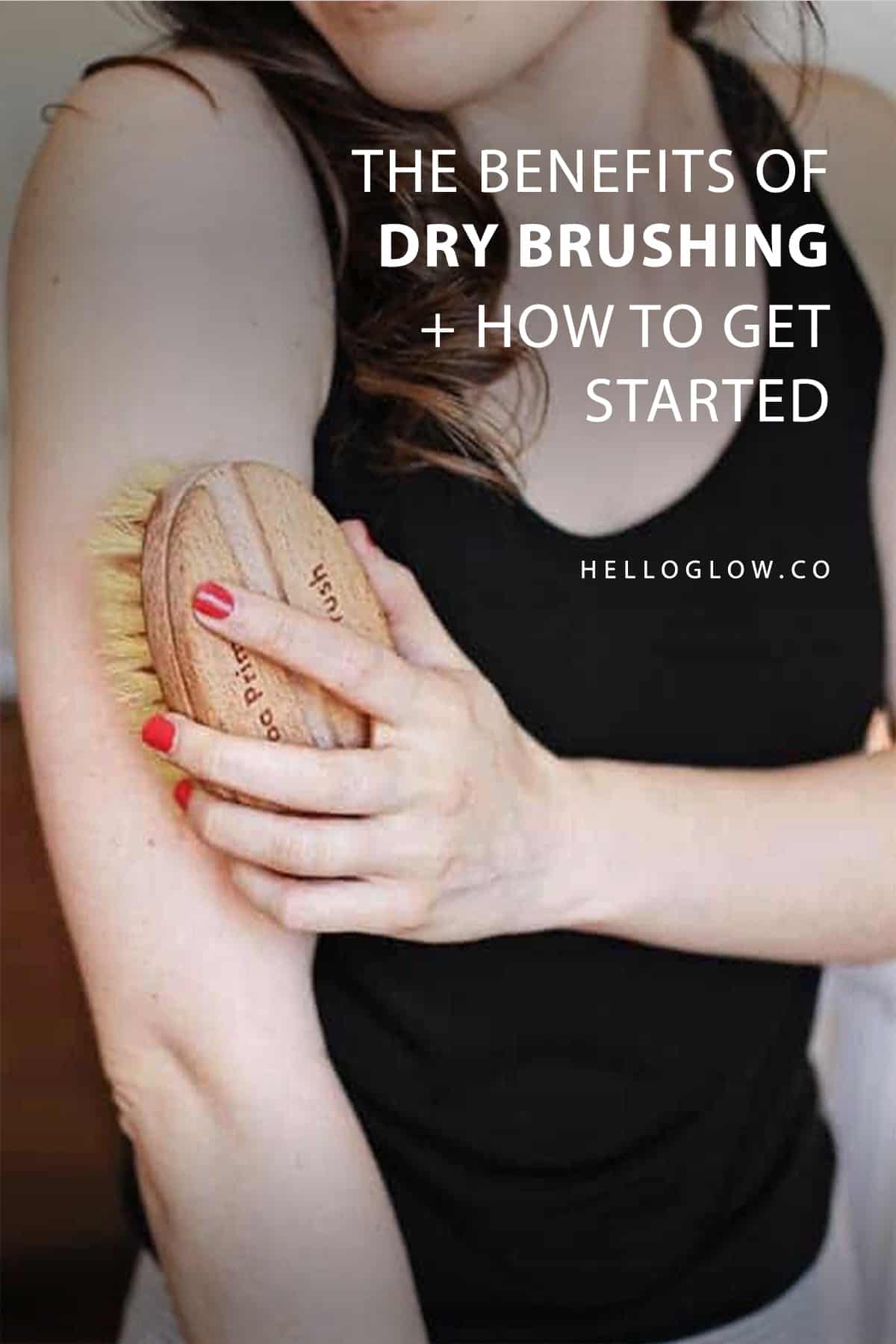
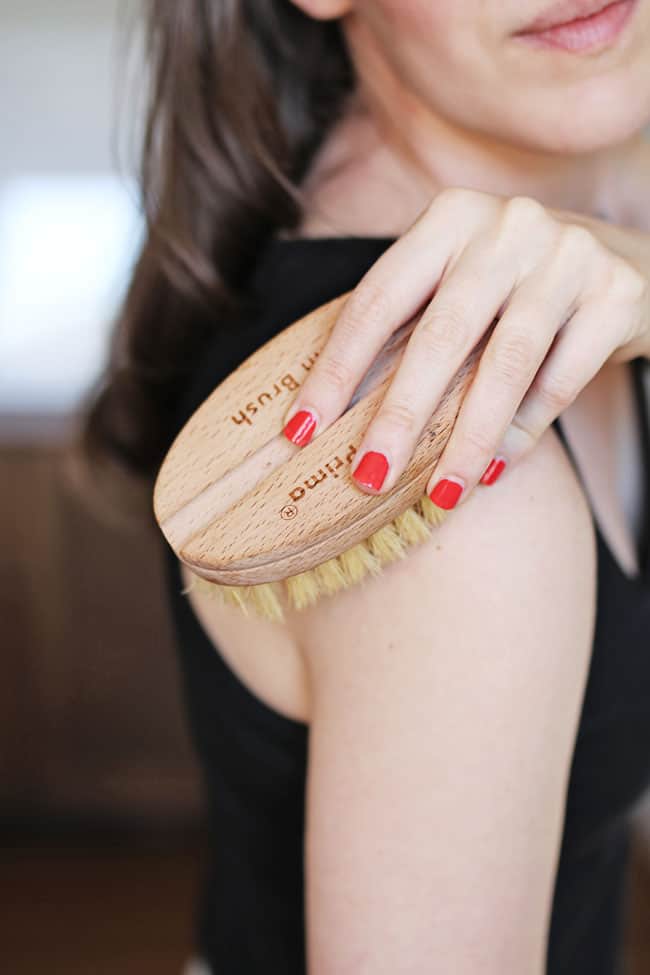

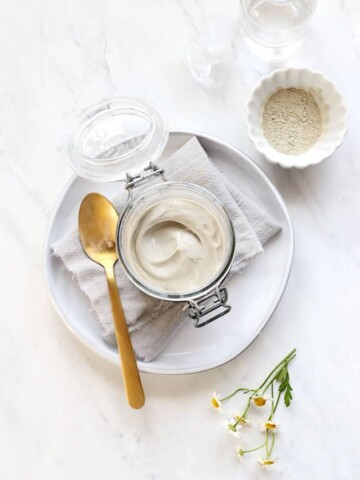
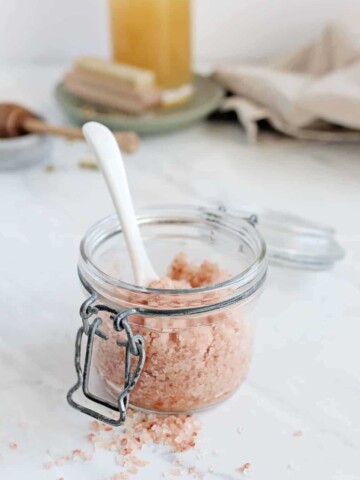
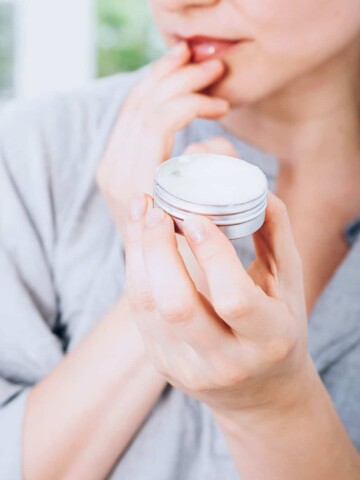
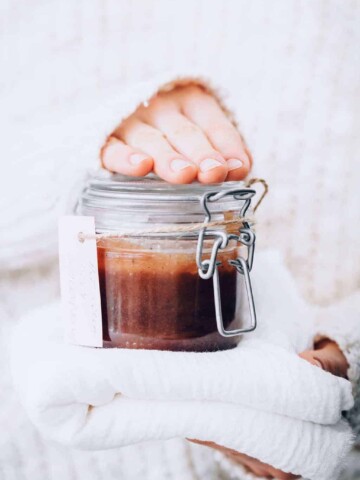
M says
I do brush but not as a regular habit. Thanks for showing how to do it properly. I had not given a thought to brush toward the heart. It does sound logical.
Anita Richards says
This is something that I have been intending todo for s long time. Thank you for the nudge in the right direction; your step by step process for skin brushing is very helpful.
Anita xxx
Rebecca Payne says
Thank you for sharing. I am going to try this.
Vanessa Perdido says
Um, check your spelling.
Vanessa Perdido says
Um, nevermind. :)
Natalie Ann Redman says
I need to give dry brushing a go!
Geri Schaudt says
Question: can I drybrush and not shower afterwards? I would love to do it but like others, I only remember after I hop in the shower...
Mandy says
Want updates sent to my email
Lizzie says
I've been doing it now and then specially at night before sleep.. It has a calming effect on me.. Also I always forget to do it before taking a shower so this was a better option.
How often and how should I wash the brush?!?
Rhonda says
Uncrossed my ankles when I read number 6:)
Jess Zimlich says
I got a brush a few months ago, but I'm terrible about remembering to do it before I get in the shower. As soon as the water hits my skin I remember and then, it's too late. Hopefully reading this will give me the little reminder I need :)
Carolyn Selheim-Miller | Boxes and Jars says
I just started dry brushing a few months ago and it's really awesome! It was especially great because I just moved to a much, much drier climate than I've spent the rest of my life. I find it's so much easier to keep my skin well-hydrated by prepping it with this awesome exfoliant.